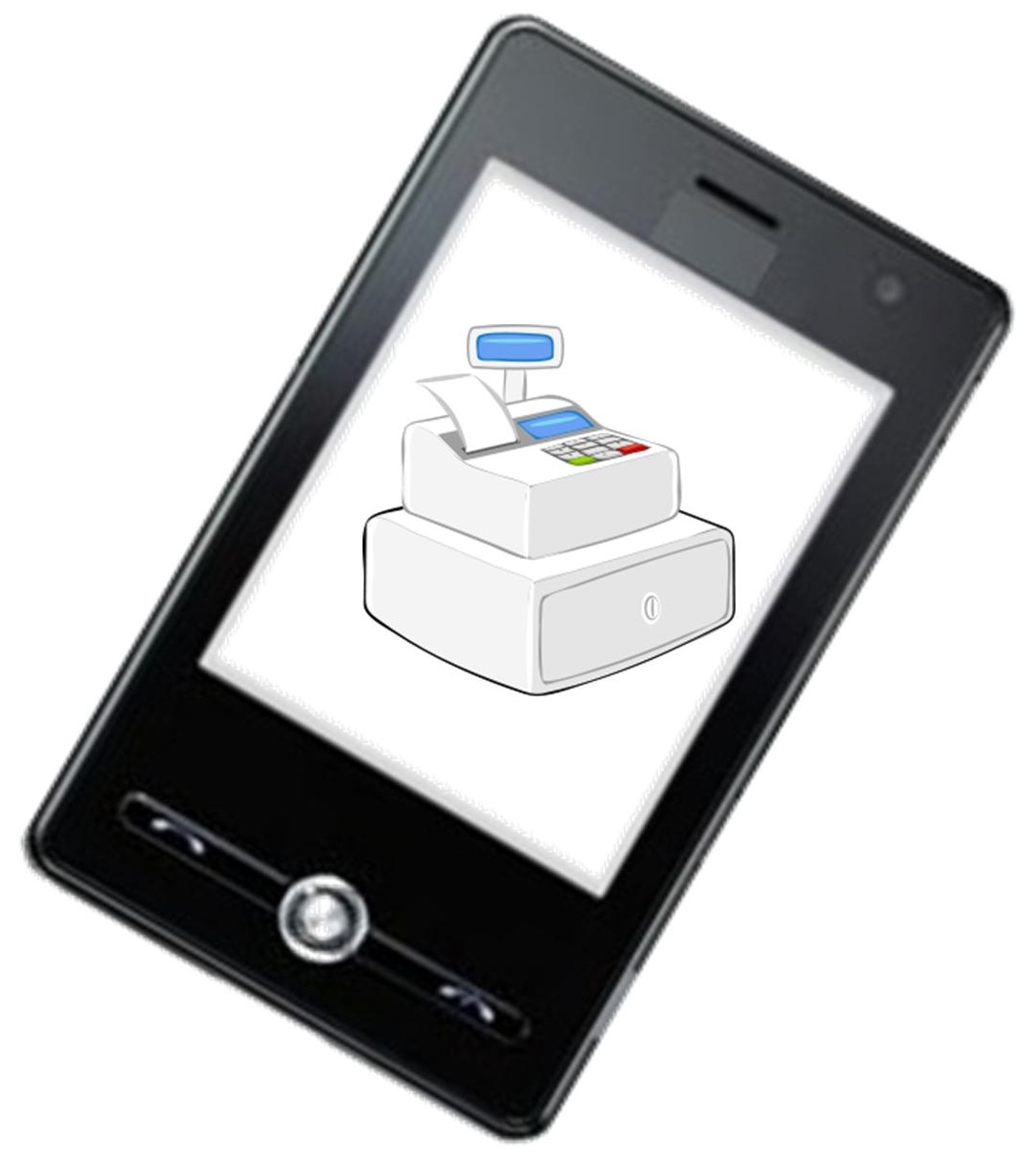 Mobile commerce is showing no signs of slowing down
Mobile commerce is showing no signs of slowing down
The explosive growth of mobile commerce has yet to show any signs of slowing down. Retailers and other companies are beginning to take mobile commerce very seriously, investing in this burgeoning industry and introducing new mobile shopping services to consumers. While mobile commerce has attracted a great deal of attention, many brands and retailers are still wondering how to take advantage of the aggressive growth being seen in the sector.
Critical mass of mobile consumers contributes to growth
A new report from BI Intelligence attempts to highlight the most significant reasons why mobile commerce is growing so quickly. The report suggests that one of the most prominent of these reasons is the critical mass of mobile consumers. Mobile devices are more available today than they have ever been in the past, which means that more consumers are purchasing and using such devices. The advent of mobile technology has lead to the emergence of new games and other forms of entertainment and productivity, but it has also sparked a shift in commerce.
Experimentation in marketing helps attract more consumer attention
Another factor contributing to the growth of mobile commerce is brands and retailers experimenting with mobile trends. These groups are beginning to put product catalogs and digital coupons to use in order to attract consumers to their e-commerce initiatives. These initiatives have proven somewhat popular among those with mobile devices, and many of them have demanded the ability to purchase products using these devices rather than traditional computers.
Young consumers may be a boon for mobile commerce
According to BI Intelligence, demographics are playing a big role in the growth of mobile commerce. The firm suggests that nearly 50% of those between the ages of 12 and 17 use their smartphones as their primary Internet device. These young consumers are regularly browsing the Internet and have proven themselves to be susceptible to advertisements and other marketing campaigns designed to attract them to e-commerce sites.

 Mobile commerce continues to change the way people pay for products
Mobile commerce continues to change the way people pay for products